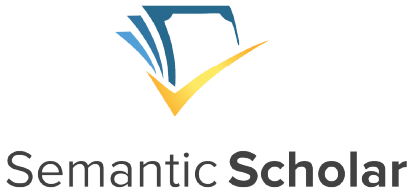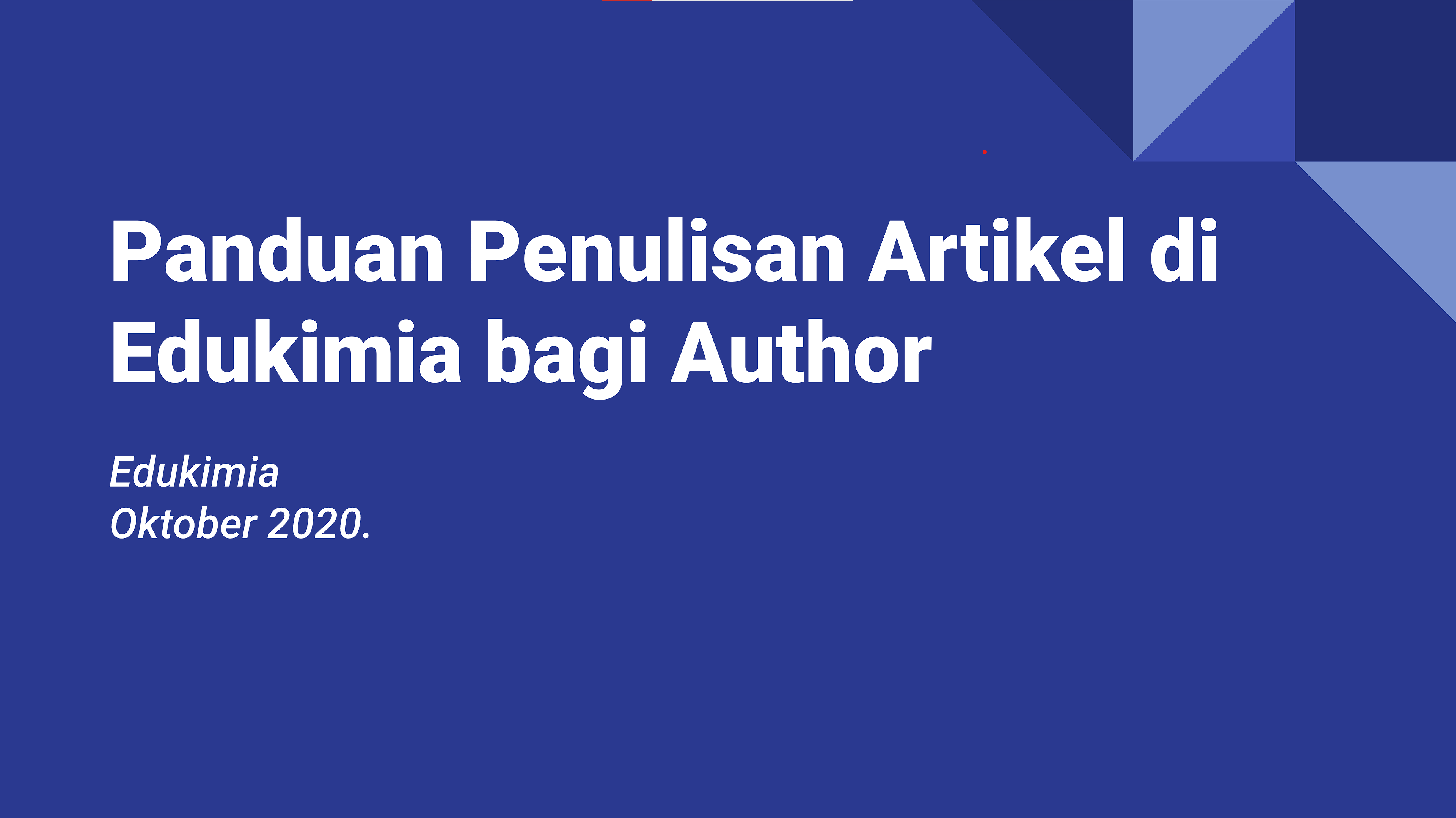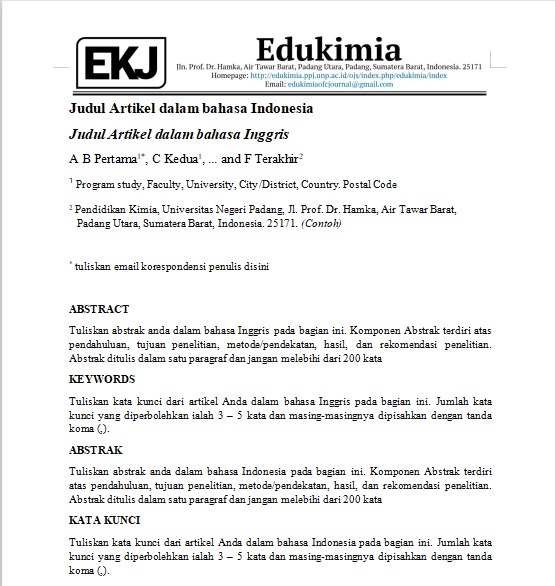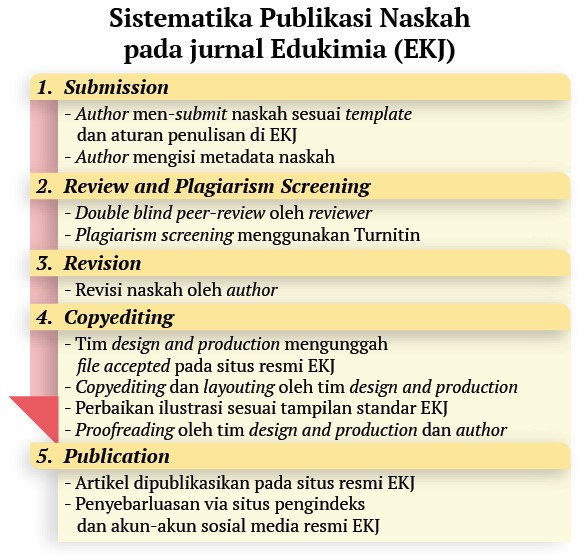Development of Chemical Literacy Items in Chemical Bonding Materials Using the Rasch Model
Article Metrics
The abstract has been viewed for 517 times.The full pdf article has been downloaded for 315 times.
Abstract
Keywords
Full Text:
EKJ 3 (2) - 2021 - Rizki (Bahasa Indonesia)References
Perdana NS. Analysis of Student Readiness in Facing Minimum Competency Assesment. Jurnal Pendidikan, Sejarah, dan Ilmu-ilmu Sosial. 2021;5(1):15–20,
Yuliandari RN, Hadi S. Implikasi Asesmen Kompetensi Minimum Dan Survei Karakter Terhadap Pengelolaan Pembelajaran SD. Ibriez Jurnal Kependidikan Dasar Islam Berbas Sains. 2020;5(2):203–219.
Thummathong R, Thathong K. Chemical literacy levels of engineering students in Northeastern Thailand. Kasetsart Journal of Social Sciences. 2018;39(3):478–87.
Wulandari N, Sholihin H. Analisis Kemampuan Literasi Sains Pada Aspek Pengetahuan Dan Kompetensi Sains Siswa SMP Pada Materi Kalor. Edusains 2016;8(1):66–73.
Narut YF, Supradi K. Literasi Sains Peserta Didik Dalam Pembelajaran Ipa di Indonesia. Jurnal Inovasi Pendidikan Dasar. 2019;3(1):61–69.
Fahmina SS, Indriyanti NY, Setyowati WAE, Masykuri M, Yamtinah S. Dimension of Chemical Literacy and its Influence in Chemistry Learning. Journal of Physics Conf. Ser. 2019;1233(1).
Raharjo MWC, Suryati, Khery Y. Pengembangan E-Modul Interaktif Menggunakan Adobe Flash Pada Materi Ikatan Kimia Untuk Mendorong Literasi Sains Siswa. Jurnal Ilmiah Pendidikan Kimia Hydrogen. 2017;5(1).
Arabbani FK, Mulyani S, Mahardiani L, Ariani SRD. Analysis The Quality of Instrument For Measuring Chemical Literacy Abilities Of High School Student Using Rasch Model. AIP Conference Proceedings. 2019;2194(1).
Sadhu S, Laksono EW. Development and Validation of an Integrated Assessment for Measuring Critical Thinking and Chemical Literacy in Chemical Equilibrium. International Journal of Instruction. 2018;11(3):557–572.
Fahmina SS, Masykuri M, Ramadhani DG, Yamtinah S. Content Validity Uses Rasch Model on Computerized Testlet Instrument to Measure Chemical Literacy Capabilities. AIP Conference Proceedings. 2019;2194(1).
Yusmaita E, Anthonio LG, Rivaldo I. Chemical Literacy Test Instrument Designing on Buffer Topic using Model of Educational Reconstruction (MER). Journal of Physics: Conference Series. 2021;1788(2021).
Thummathong R, Thathong K. Construction of A Chemical Literacy Test for Engineering Students. Journal of Turkish Science Education. 2016;13(3):185–198.
Afifah S, Yusmaita E. Perancangan Assesmen Literasi Kimia Pada Materi Termokimia Kelas XI SMA atau MA. Edukimia 2019;1(4):79–83.
Yusmaita E, Nasra E. Perancangan Assesmen Literasi Kimia Dengan Menggunakan Model of Educational Rekonstruction (Mer) Pada Tema: Air Sebagai Pelarut Universal. Jurnal Eksakta Pendidikan (JEP) 2017;1(2):49-55.
Sumarni W, Sudarmin, Wiyanto, Supartono. Preliminary Analysis of Assessment Instrument Design to Reveal Science Generic Skill and Chemistry Literacy. International Journal of Evaluation and Research in Education (IJERE). 2016;5(4):331-340,
Rusilowati A, Kurniawati L, Nugroho SE, Widiyatmoko A. Developing an Instrument of Scientific Literacy Asessment on The Cycle Theme. International Journal of Environmental and Science Education. 2016;11(12):5718–5727.
Shwartz Y, Ben-Zvi R, Hofstein A. The Use of Scientific Literacy Taxonomy for Assessing The Development of Chemical Literacy Among High-School Students. Chemistry Education Research and Practice. 2006;7(4):203–225.
Retnawati H. Analisis Kuantitatif Instrumen Penelitian. Yogyakarta: Parama Publishing; 2016.
Sumintono B, Widhiarso W. Aplikasi Model Rasch Untuk Penelitian Ilmu-Ilmu Sosial. Cimahi: Trim Komunikata Publishing House; 2013.
Rusilowati A. Asesmen Literasi Sains: Analisis Karakteristik Instrumen dan Kemampuan Siswa Menggunakan Teori Tes Modern Rasch Model. Prosiding Seminar Nasional Fisika Universitas Riau ke-3 2018;(September):2–15.
Duit R, Gropengießer H, Kattmann U, Komorek M, Parchmann I. The Model of Educational Reconstruction - A Framework For Improving Teaching and Learning Science. Science Education Research and Practice in Europe Retrosspective and Prospecctive 2012;13–37.
Palimbong J, Mujasam, Allo AYT. Item Analysis Using Rasch Model in Semester Final Exam Evaluation Study Subject in Physics Class X TKJ SMK Negeri 2 Manokwari. Kasuari: Physics Education Journal (KPEJ). 2018;1(1):43–51.
Refbacks
- There are currently no refbacks.

.jpg)















